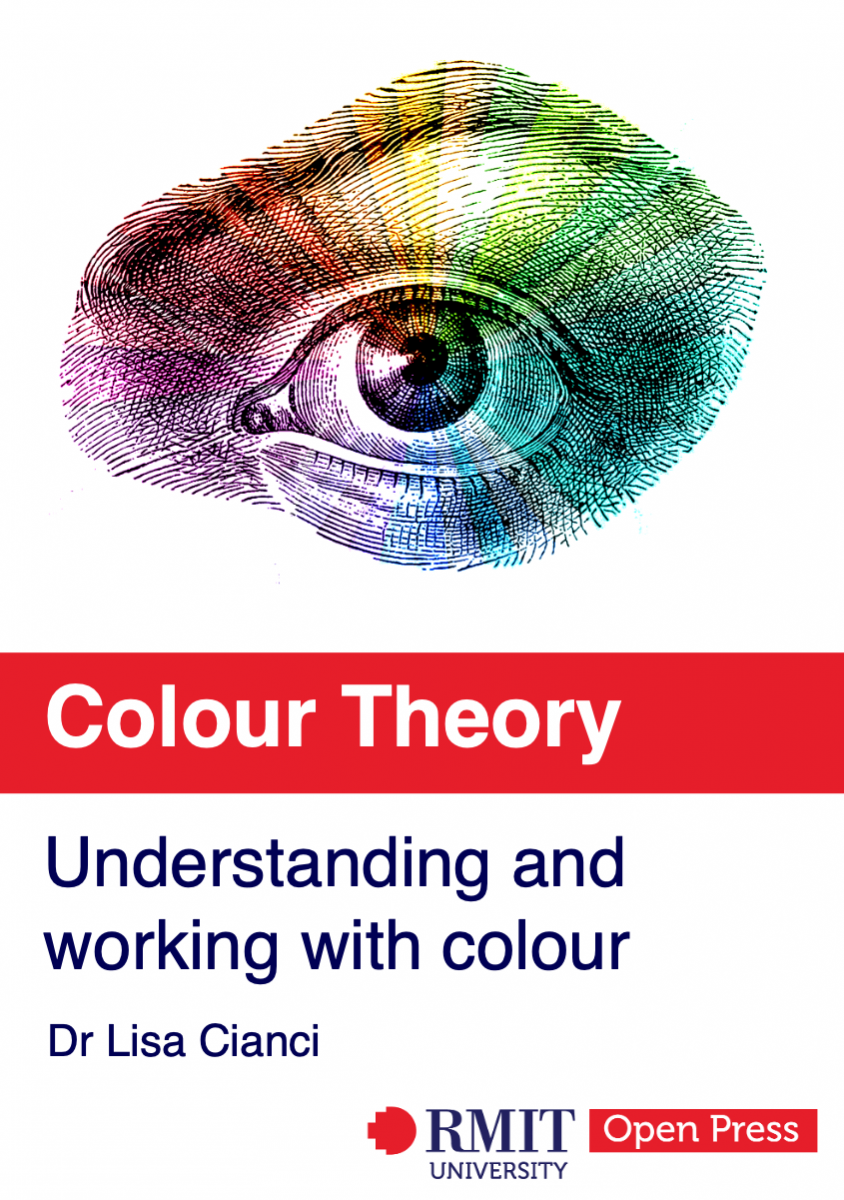Colour Theory
Colour Theory - Open Education Resource on Pressbooks
This learning resource explains the history of colour theory, how we see colour, and how to use colour systems to mix colour and create colour relationships. It's useful for anyone working with colour in creative and scientific fields.
What is colour theory?
Colour theory covers a long history from antiquity to modern times. It includes academic and scientific investigations into how we see and understand colour. It also includes practical applications for using colour in creative work.
In this open educational resource, you can find information on colour theory divided into three chapters. This resource also includes quizzes to test your knowledge, and practical learning activities to guide users in applications of colour theory for art and design.
Visit the home page of this resource (opens Pressbooks), or go directly to the chapters:
|
|
Chapter 1. Colour theory: history and culture An introduction to colour theory history with a summary of selected key scientific developments. Also covered are short introductions to cultural interpretations of colour and colour aesthetics.
|
|
|
Chapter 2. Colour theory: the visible spectrum A scientific approach to the visible spectrum and how humans and other species perceive colour including:
|
|
|
Chapter 3. Colour theory: working with colour Detailed explanations of different colour systems for the practical applications of colour in physical materials and digital media including:
|

